Romance Beat Sheet for Swoonworthy Emotional Stories
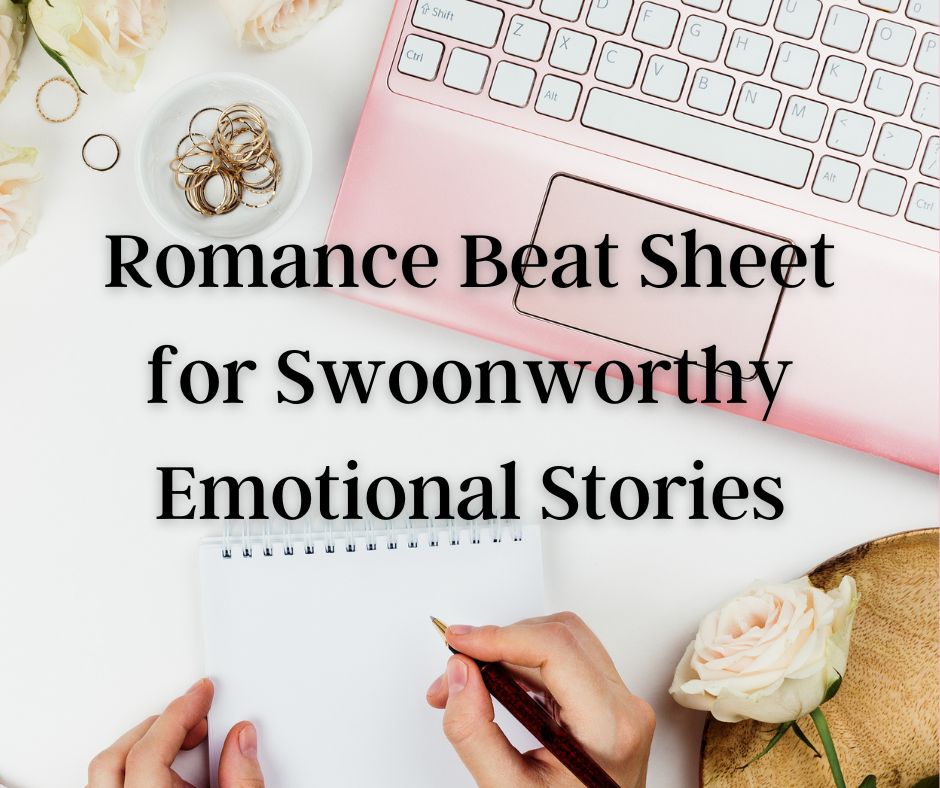
How hard can writing a romance be? Boy meets girl. Boy loses girl. Boy wins girl back.
As it turns out, writing a GOOD romance isn’t so easy. First of all, the leads aren’t always a boy and girl. Sometimes they’re not human.
Second, the meeting, losing, and winning don’t just happen. There is an emotional roller coaster ride readers expect to go on.
Writing a romance that readers enjoy involves:
- Characters readers can root for
- Conflicts and stakes readers can believe
- A plot that takes readers on an emotional ride.
So how does a writer achieve that? It starts by expanding the meet-lose-love idea into plot points, sometimes referred to as beats. These beats make up the structure of the story…essentially, they’re the steps to writing a romance novel.
Text version continues below the video:
I can hear all the pantsters out there saying, “But Jenna, I don’t plot. I want the adventure of not knowing where the story will take me.” That’s fine. Even as a pantster though, your story must hit certain beats to fit within the romance genre.
There are great romance beat sheets on the Internet, including Jamie Gold‘s and Gwen Hayes‘. Billy Mernit in his book Writing the Romantic Comedy, offers an eight-beat outline. While each of these beat sheets has a different number of plot points, often called different names, they’re all referring to the same thing. You need to find the story structure sheet that makes the most sense to you and helps you develop your story.
Not to be outdone, I’ve created my own romance beat sheet that takes what resonates with me from above. This beat sheet, including a fillable worksheet, is in The Romance Author’s Novel Organizer available in print or PDF for download.
Note that this beat sheet is for a regular romance. If you write a romantic suspense or mystery, or romantic fantasy, you may need to include other beats. For example, in a mystery, you need beats that involve finding clues or being in danger. If you write fantasy, you may prefer the Hero’s Journey plot outline, but if it’s a romance, you also need to make sure you have the romantic beats included.
Before Plotting
Which comes first? Plot or character? There’s no right or wrong answer to this. Sometimes a plot idea is the inspiration and other times it’s a character. What is important that before you plot you need to have basic understandings about your characters. Primarily: their goals and conflicts. Knowing their personalities and motivations helps as well.
Plotting Using the Write with Harte Romance Beat Sheet
Below are the beats I use when plotting a basic romance. These have been adapted from three-act structure, Romancing the Beat, and other beat sheets. You’ll notice that most sheets have similar beats but with different names. Mine is no different where I’ve changed the names to some beats to make more sense to me on the purpose they serve.
ACT 1: Set Up
Opening
This is where we meet our protagonists. Often, the opening is the start of a normal day that is about to be turned upside down. You should include a few bits about the protagonist(s) that set up goals and hints at inner conflicts.
Inciting Event (Meet Cute) (Catalyst)
This is where our two love birds meet or are brought together on the page at the same time to set off the story. In a rom com, a meet cute sometimes involves humor or a screwball situation, but it doesn’t have to be that. It could be intense or scary.
This meeting is the event that sets our characters off in the direction of falling in love, even if they hate each other at this point. If the characters already know each other, there is something different in this meeting than in all their previous meetings. For example, in The Hating Game by Sally Thorne, Lucy and Josh have been hating each other from their desks for some time (opening), however the inciting event is when their bosses tell them about a new position that only one of them can get.
Note about the inciting event…in my plot sheet, this really happens in the Stuck Together beat because this beat is the catalyst to the rest of the story. A romance can introduce our couple on the same page, but there can be a status quo where nothing is changing. With that said, the meeting, resistance, and stuck together can happen in a single chapter, even in a single scene.
Resistance
The first response to the inciting event is nearly always resistance or a butting of heads between the love interest.
“The idea of a fake engagement is a terrible idea.”
“We can’t be in the same room together. How will we be able to share the only car left to rent to get to the conference?”
However, the resistance isn’t always from dislike. In a friends-to-lovers situation, often the resistance is trying to avoid revealing their true feelings. Sometimes, the meet-cute is friendly and there is an attraction between the lovebirds, yet there is still resistance. This response is rooted in their goals and/or inner conflicts. Sometimes there is an attempt to avoid each other which brings us to the next beat…
Stuck together (New Path/Inciting Event)
Act one ends with our lovebirds without a choice or reluctantly agreeing to a situation that puts them together. Snow storms and stuck elevators would be a situation in which they’re stuck without a choice. Working in the same company or living in the same building would also fit this. A fake relationship or temporary partnership would involve a reluctant agreement.
This beat is important because our lovebirds need to be together in order to fall in love. In Red, White and Royal Blue, by Casey McQuiston, Alex’s mother, POTUS, coerces him to spend time with Henry to fix an embarrassing situation he created at Henry’s brother, the Prince of England, wedding. Without this, Alex and Henry don’t spend time together because they live an ocean apart and don’t like each other.
If it isn’t presented earlier, this scene identifies the external conflict as well; the thing outside them that is preventing them from reaching their goal.
ACT 2: Falling In then Out of Love
Fighting Attraction
The lovebirds enter their stuck-together phase fully intending to keep their walls up. They’re focused on their goals and not letting the other person get in their way. If they don’t get along, there is usually banter and arguing. If they do get along, there is usually inner dialogue about how they can’t fall for the other.
Waning Resistance
As the lovebirds spend time together, their initial impressions start to change. This is especially true in an enemies-to-lovers story. But even when they get along (friends to lovers), time together shifts their feelings or heightens them (in the case of unrequited love).
In this section, they begin to entertain the possibility of a relationship, physically and/or emotionally. Note that kissing and even sex may have already occurred (in the case of a non-sweet book), but this is where the wall of resistance wanes.
Desire
Resistance is futile as desire leads them to consider giving into a relationship. Note this doesn’t have to be sensual desire. In sweet romance, this is simply moving away from resistance to considering a relationship.
Ut Oh (Pinch Point 1)
I don’t know where the term pinch point came from, but I much prefer Ut-Oh. This is a situation in which an antagonist or conflict appears to remind the lovebirds what’s at stake. In my writing, I like to make this first one one mini-sized. It’s like a tap on the shoulder reminding one (or they both can have an ut-oh) what can happen.
Imagining HEA (Midpoint)
Despite the ut-oh, the characters are drawing ever closer. They’re rethinking goals and concerns. They believe they can overcome the conflicts, but selfishly. They want their cake and to eat it too. But they haven’t grown yet, so they’re susceptible to their inner demons (conflict) and the antagonist.
HEA within Reach
This is a honeymoon moment, but the characters still haven’t delt with the conflicts that threaten their love.
Doubt/Fear
Personal fears and conflicts are creating doubt in their feelings for the other, and how the other feels about them. Fears and inner conflicts cause the characters to slow down.
Ut-Oh 2
This ut-oh is a bigger one than the last. It’s a whack on the head, reminding them of everything they could lose by abandoning their goal. For example, a CEO falling for his admin might get a talking to from a board member about the possibility of being forced out for having a relationship with an insubordinate and putting the company at risk for a lawsuit. The first ut-oh caused hesitation, but this one makes them stop in their tracks and rethink the situation, and what they’re willing to risk. Remember, they haven’t grown so, their thinking tends to be based in their fears.
Retreat
After the big ut-oh, one character or both pulls away. They don’t want to risk their heart and their goal, and they decide to choose the goal instead. The other character may notice this distance and pull away as well.
Black moment
This is where the $h!t hits the fan. Everything that could go wrong goes wrong. Done well, your readers are weeping or worried (in the case of a suspense). If motivations aren’t strong or if the stakes are weak, a black moment can feel predicable or worse, it can annoy readers.
One thing I like to do just before this scene is have one or both characters make the decision to confess their love (move HEA within Reach here). They’re about to put it all on the line for love, then whammy, the black moment. The lie or deception is revealed. A choice is made that the other can’t live with. This little gimmick doesn’t work on it’s own though. The black moment must feel believable and make sense. Something as little as a miscommunication isn’t enough for a black moment. This moment needs to feel like the end of the road for our budding couple.
A recent wish of some romance readers is a softer black moment. They lament the angsty breakup. It is possible to write a black moment that isn’t full of anger and heartache. Lauren Blakely books often have a soft black moment where the couple is parting amicably. Or the black moment can involve danger, so the risk of loss has to do with getting killed, not breaking up.
ACT 3 Fighting for Love
Aftermath/Misery
This is the aftermath of the black moment. Initially, one or both, convinced they’re right, goes off in an attempt to regain their past normal life. The problem is that they can’t go back. The more they try, the more miserable they feel. I like to live in this moment a little bit. Too often, writers rush to relieve the agony of the black moment, but I like to bring home how much they’ve lost by not choosing to change, by not choosing love.
I want to point out here that characters don’t have to give up their goal for love. The characters still win even if they don’t get their original goal. For example, in the Hating Game (slight spoiler), one person is offered the job, but the other person ends up at a different company and is much happier about it.
Epiphany (Ah-Ha)
This is when one or both characters realize their fears and inner conflicts getting in their way, and accept that they love the other person. This is where growth takes place. In order for the past problems (conflicts and ut-ohs) not to cause problems in the future, the characters need to grow into new people.
Grand Gesture
This is when one character reaches out, putting all on the line for the other person. It’s different from earlier attempts that played it safe. Here, they’re vulnerable.
HEA
The happily ever after scene is when the other person also is vulnerable and they come together with new understanding and a commitment to each other.
Life After HEA (Epilogue – optional)
This scene is optional, and shows the couple living in their new happiness not just with each other, but with their goals as well.
Some plot sheets have fewer points. Others have more. For me, this hits all the major points needed in a romance. In a romantic suspense or fantasy, you may need a few others beats, but for the relationship part of the story, these beats hit them all.
Plotting Resources
If you like to check out my beat sheet or others, you can get them here:
Download the Write with Harte Romance Beat Sheet here (no email or membership required!)
Jamie Gold’s Romance Beat sheet
Romance Plotting Books
Take your romance novel from idea to published and selling with The Romance Author’s Novel Organizer. Flesh out your idea, plan your writing and publishing schedule and routine, organize your thoughts, store research, plot, publish and sell with these checklists, worksheets, tips, and more.
The Romance Novel Organizer in print
The Romance Novel Organizer PDF for Download
Other Romance Plotting Books
Romancing The Beat by Gwen Hayes

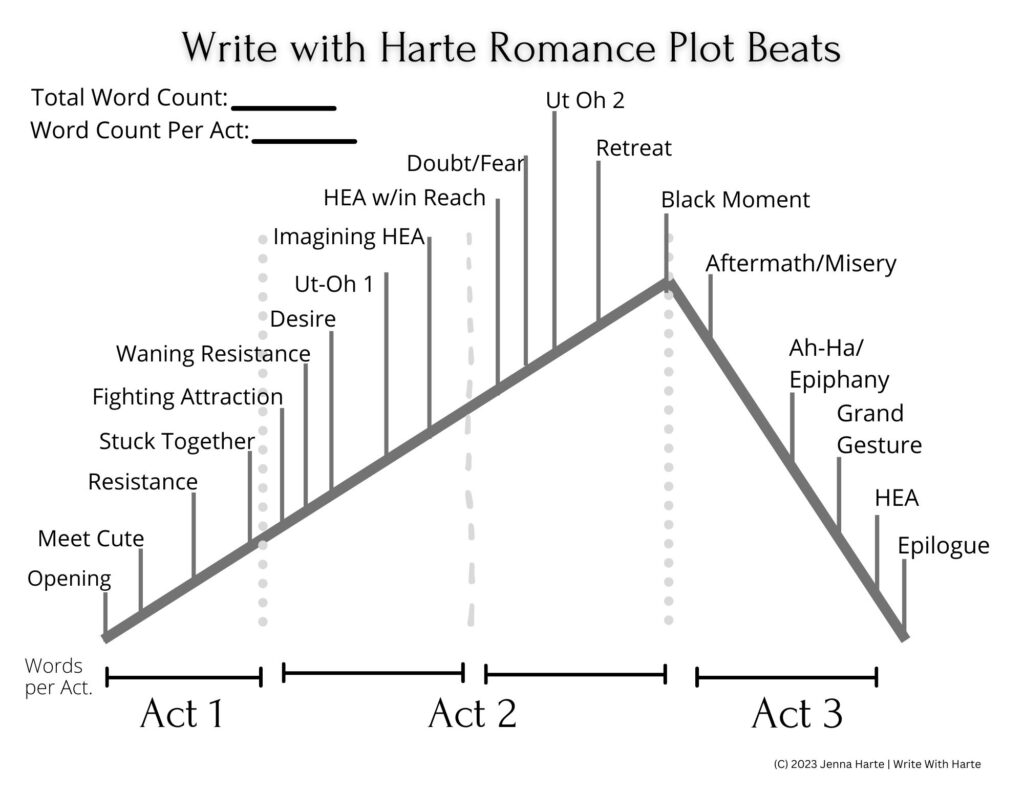
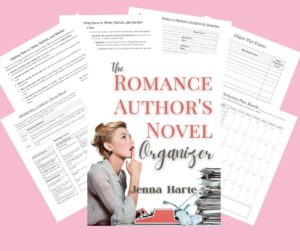


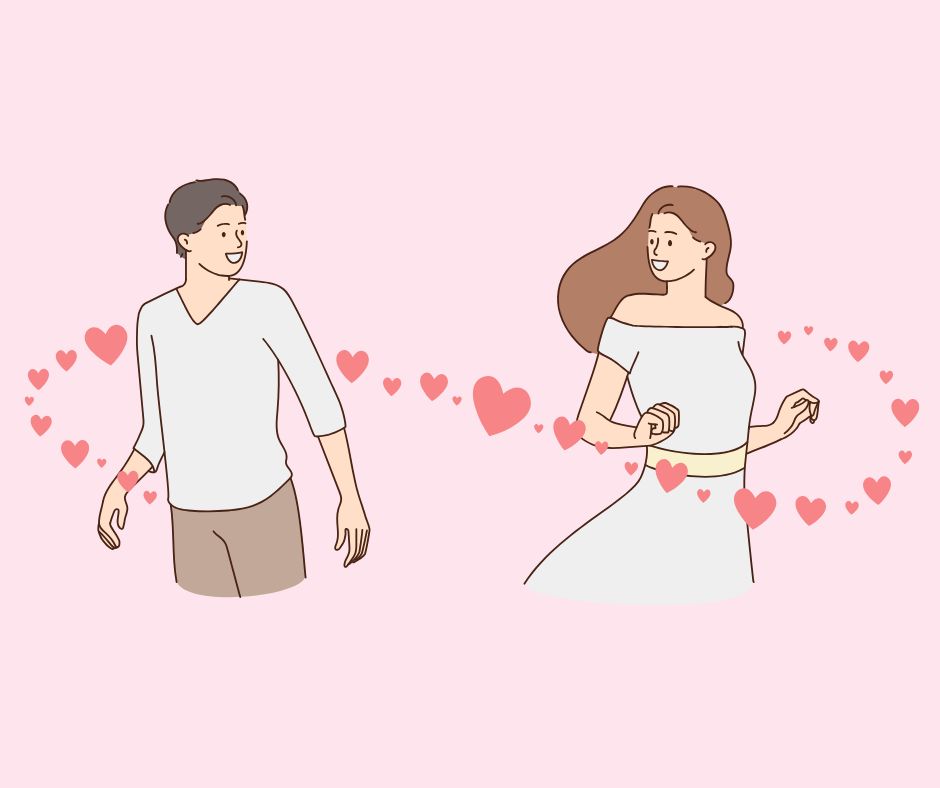
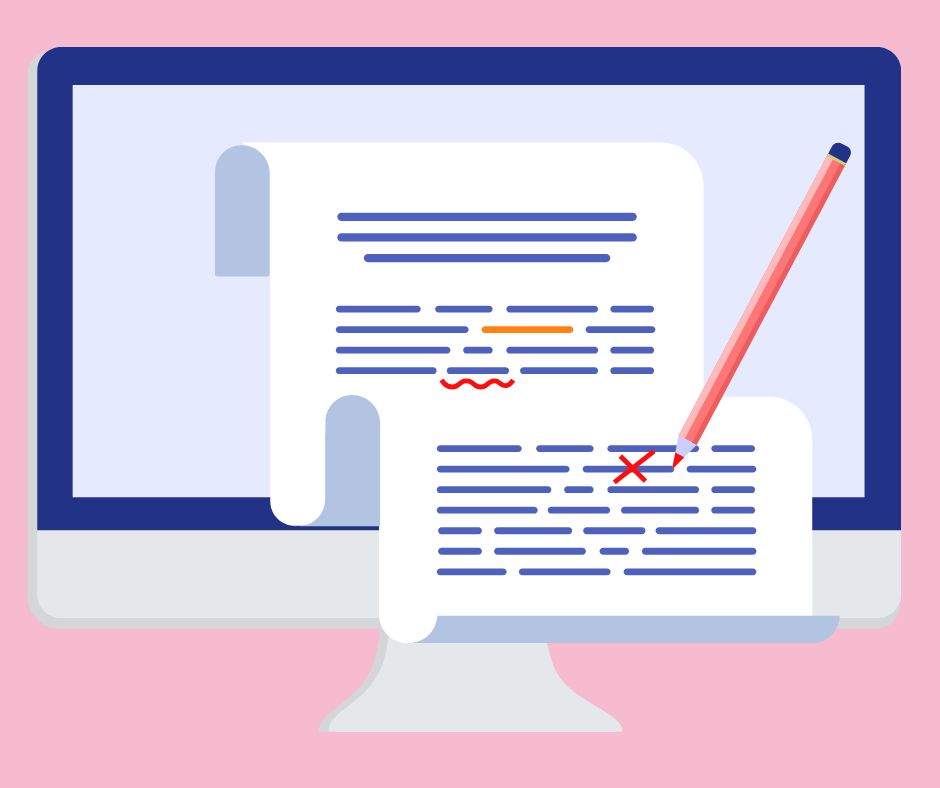



Personally, I find this as an excellent way to outline a book! Thank you. Very helpful! Although I feel it’ll be more helpful if you could place what percentage each beats are at in the novel.
Hi Sheyn,
Thank you for checking the beat sheet. I’m glad you find it helpful. Funny that you ask for percentage of beats as that was always the element that thru me. I worried “what if I’m at the wrong percentage or word count”. I like to keep them a bit loose because they can slide around a bit. I have my meeting and inciting event happen really fast, earlier than many beat sheets would indicate. With that said, you can get a general sense of percentages; Act 1 would be 0-25%, Act 2a 26-50%, Act 2b 51-75%, and Act 3 75-100%. For 80k words, each act (with act 2 having 2) would be 20k each.
Thank you again!!! Happy writing!